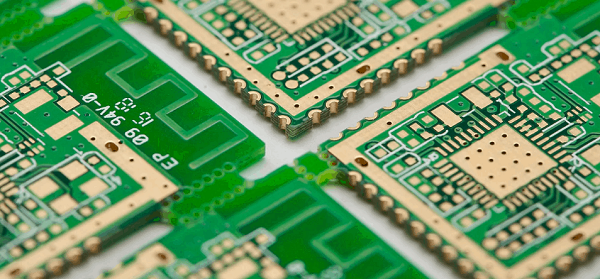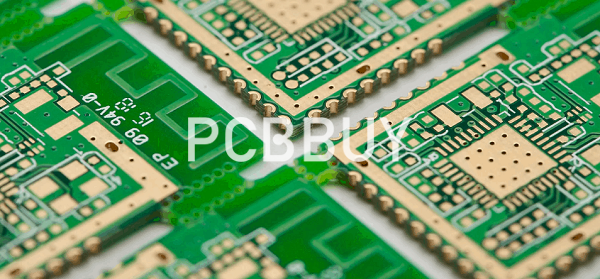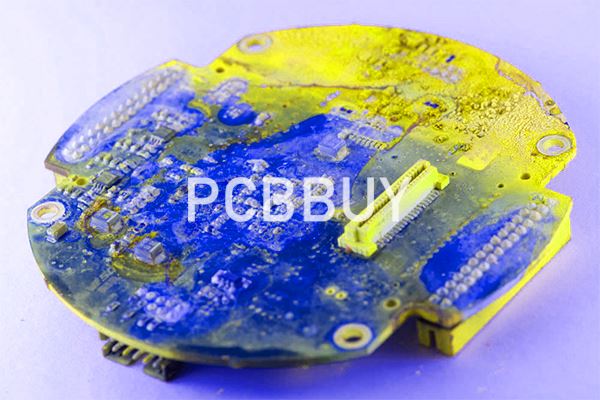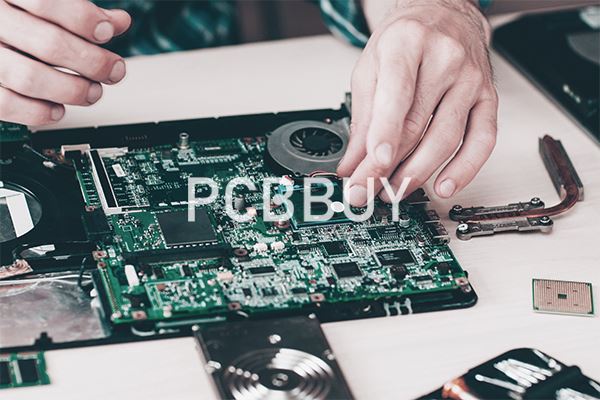What Is Impedance Matching in PCB?
By:PCBBUY 04/18/2022 09:56

Proper circuit operation depends on impedance matching—or the ability of the circuit to efficiently transfer signals from the source into the routing and then from the routing to the load. Impedance—if not treated correctly—has a remarkably negative impact on circuit performance. Without the proper impedance matching, reflections can exist along the path from the source to the load.
In this passage, we will focus on the topic of PCB impedance control requirements. If you are going to learn the details of PCB impedance control, please check and read the content below in this passage.

What are types of Impedance?
Characteristic impedance
In computer, wireless communication and other electronic information products, the energy transmitted in PCB circuit is a square wave signal (called pulse) composed of voltage and time, and the resistance encountered by it is called characteristic impedance.
Differential impedance
The driver input two of the same signal waveforms with opposite polarity, respectively transmitted by two differential lines, at the receiving end of the two differential signals subtraction. Differential impedance is the impedance Zdiff between two wires.
Odd-mode impedance
Impedance ZOO of the first line to the ground in the two lines is consistent.
Even mode impedance
The driver input two of the same signal waveform with the same polarity, the impedance ZCOM when the two lines are connected together.
Common mode impedance
The impedance ZOE is one of the two lines to ground. The impedance values of the two lines are the same, usually greater than the odd-mode impedance.

What is the importance of PCB impedance control?
Impedance control in PCB is necessary for the management of electronic interference (ELI). Designers scared of circuit disruptions because of electromagnetic interference are safe if they choose to invest in impedance controlled PCBs.
In the PCB world, even a slight pulse of reflection energy may disrupt the whole circuit. Such disruptions often extend to neighboring parts of the board. It may affect the flow of energy, making the entire board's operation fail. As a designer, you don't want to face any of these problems during a crucial process. That's why you need a quality PCB designed with impedance requirements in mind.
Impedance controlled boards reduce many restrictions, thereby preventing delays during manufacturing. When all the requirements are precise, the designer can manufacture boards that function as desired.
With specific conditions, there are no delays at all when it comes to material ordering. It also helps in minimizing the time wasted in exchanging phone calls and emails. While impedance control may be a bit expensive, it's worthwhile in the long-run. Here, all the requirements are noted, thereby keeping everything moving on forward as desired.
What are the considerations of PCB layout Impedance?
Impedance-controlled routing begins with the schematic. Design engineers should specify their controlled impedance signals’ values and types so that the layout team understands which nets are single-ended or differential pairs. To ensure that the same impedance values are maintained throughout the length of a controlled trace, the following parameters must be considered for routing:

Trace geometry: The width and thickness (copper weight) of the trace being routed.
Signal spacing: The spacing between the signal trace and its return path is usually on the adjacent reference plane layer. This will be controlled with the configuration of the board layer stackup.
Dielectric material: The core and prepreg materials used on either side of the controlled impedance trace layer. Their thickness and dielectric constant will be part of the impedance calculations.
PCB layout designers need to calculate these parameters with the circuit’s impedance requirements to determine the appropriate trace width for routing. To perform these calculations, designers can usually use the trace impedance calculators built into their design tools. There are also circuit simulators that will provide these calculations and different online calculators and charts.
What are the considerations of PCB impedance control requirements?
To ensure that the same impedance values are maintained throughout the length of a controlled trace, the following parameters must be considered for routing:
· Trace geometry: The width and thickness (copper weight) of the trace being routed.
· Signal spacing: The spacing between the signal trace and its return path is usually on the adjacent reference plane layer. This will be controlled with the configuration of the board layer stackup.
· Dielectric material: The core and prepreg materials used on either side of the controlled impedance trace layer. Their thickness and dielectric constant will be part of the impedance calculations.
Industry Category











